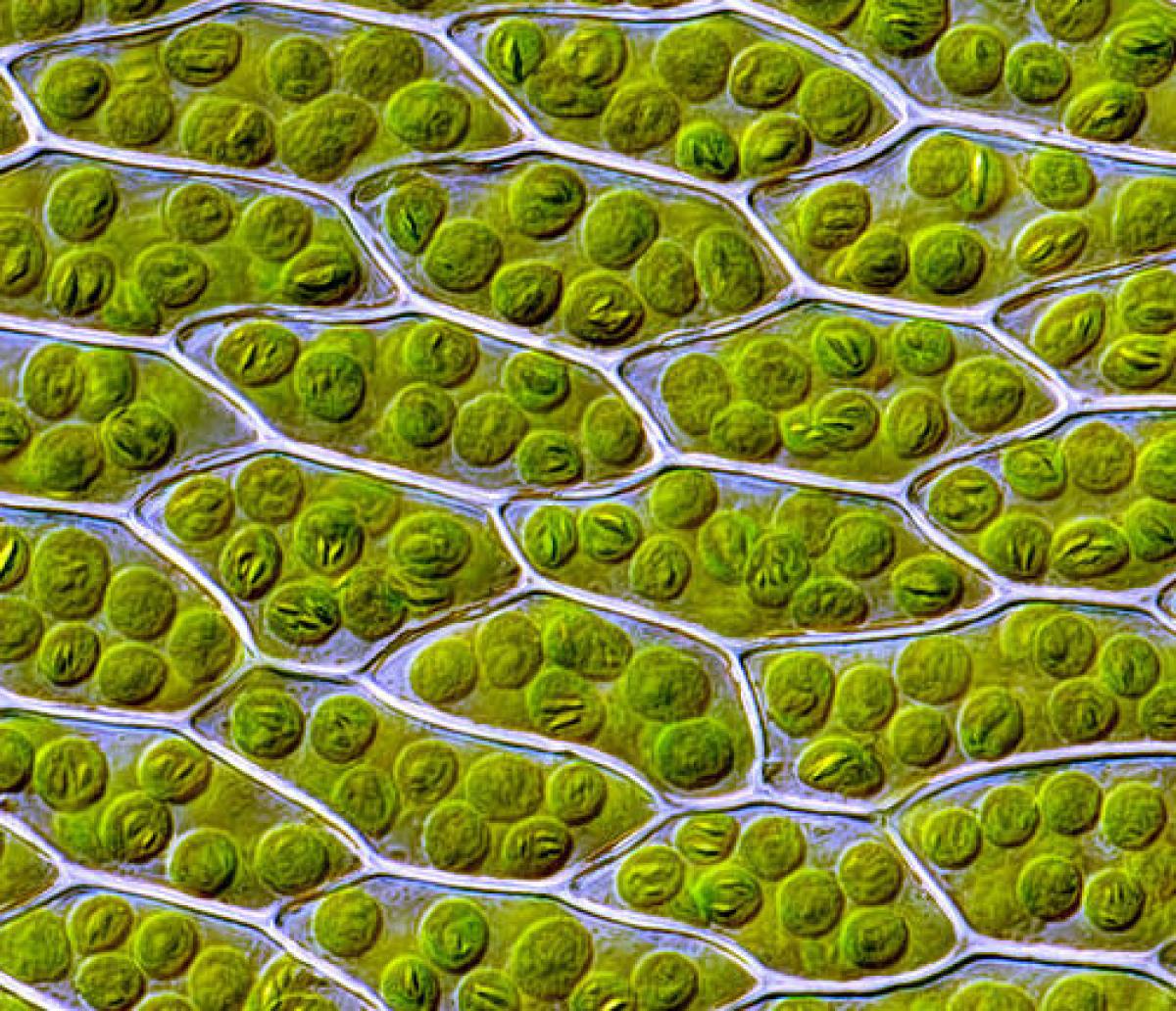Endosymbiosis: Living Together
When two or more species share a close physical interaction, we call this a symbiosis. We share symbioses with many different species. For example, living in our guts are millions and millions of bacteria cells. They live inside us in a symbiotic relationship, from which we both benefit. We benefit from our gut bacteria because they have enzymes that can digest food particles that we cannot. Our gut bacteria benefit from us as they get a place to live (our gut), and a share of some of the nutrients from the food we eat.
Endosymbiosis is a special kind of symbiosis. It’s when one organism lives within the cells or tissues of another. Endosymbioses are very common among unicellular organisms. In the video above, you can see a unicellular organism called Paramecium bursaria (eukaryotic). Within it are many green spheres. Those green spheres are completely separate organisms; they're green algae cells (also eukaryotic) called Chlorella.
Video by Sally Warring. Additional images via Wikimedia Commons. Plant cells with chloroplasts by Des_Callaghan.
Read more about: Cells Living in Cells
Bibliographic details:
- Article: Endosymbiosis: Living Together
- Author(s): Dr. Biology
- Publisher: Arizona State University School of Life Sciences Ask A Biologist
- Site name: ASU - Ask A Biologist
- Date published: 24 Feb, 2016
- Date accessed:
- Link: https://askabiologist.asu.edu/endosymbiosis-living-together
APA Style
Dr. Biology. (Wed, 02/24/2016 - 11:53). Endosymbiosis: Living Together. ASU - Ask A Biologist. Retrieved from https://askabiologist.asu.edu/endosymbiosis-living-together
Chicago Manual of Style
Dr. Biology. "Endosymbiosis: Living Together". ASU - Ask A Biologist. 24 Feb 2016. https://askabiologist.asu.edu/endosymbiosis-living-together
Dr. Biology. "Endosymbiosis: Living Together". ASU - Ask A Biologist. 24 Feb 2016. ASU - Ask A Biologist, Web. https://askabiologist.asu.edu/endosymbiosis-living-together
MLA 2017 Style

Chloroplasts found in plant and algae cells evolved from cyanobacteria that were able to live in other cells unharmed.
Be Part of
Ask A Biologist
By volunteering, or simply sending us feedback on the site. Scientists, teachers, writers, illustrators, and translators are all important to the program. If you are interested in helping with the website we have a Volunteers page to get the process started.

